Our first destination in the Zona Cafetera was the university town of Manizales. The town, unusually for Latin America, sits right on top of a mountain, with the principal city centre street being the highest part of town, usually the favelas are located on the hill sides and the richer urban centres are low down. A lot of recent investment has been made in Manizales and the Zona Cafetera, with modern highways and facilities making this a particularly prosperous part of Colombia.
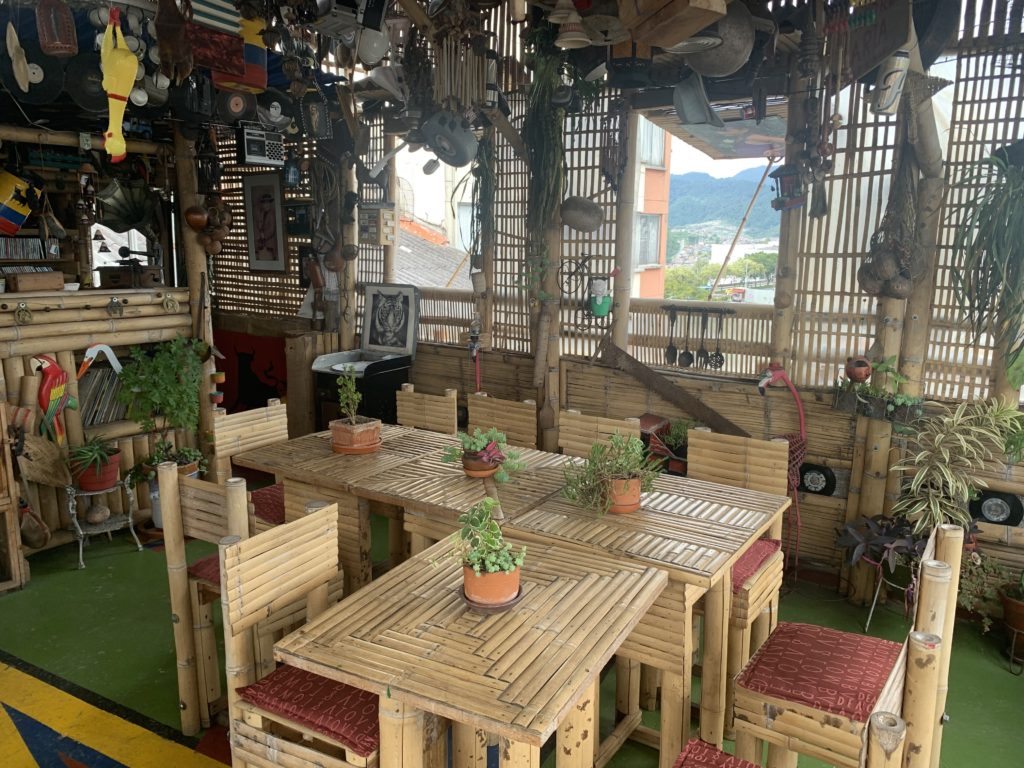
The modern bus station is down in the valley and is connected to the city centre by an efficient cable car. As with Medellin the cable car is a very effective way of moving large numbers of people across the city and also up and down the hills. Our hostal, Hostal Mirador Andino, was located very close to the city centre terminus of the cable car. The hostal was very interestingly set up, with a number of, what can only be described as, man caves with an amazing collection of old Latin American vinyl records and record players. Also it had a roof top bar, with great views across the city and valleys below, and more vinyl records. Altogether memorable and remarkable place to stay.
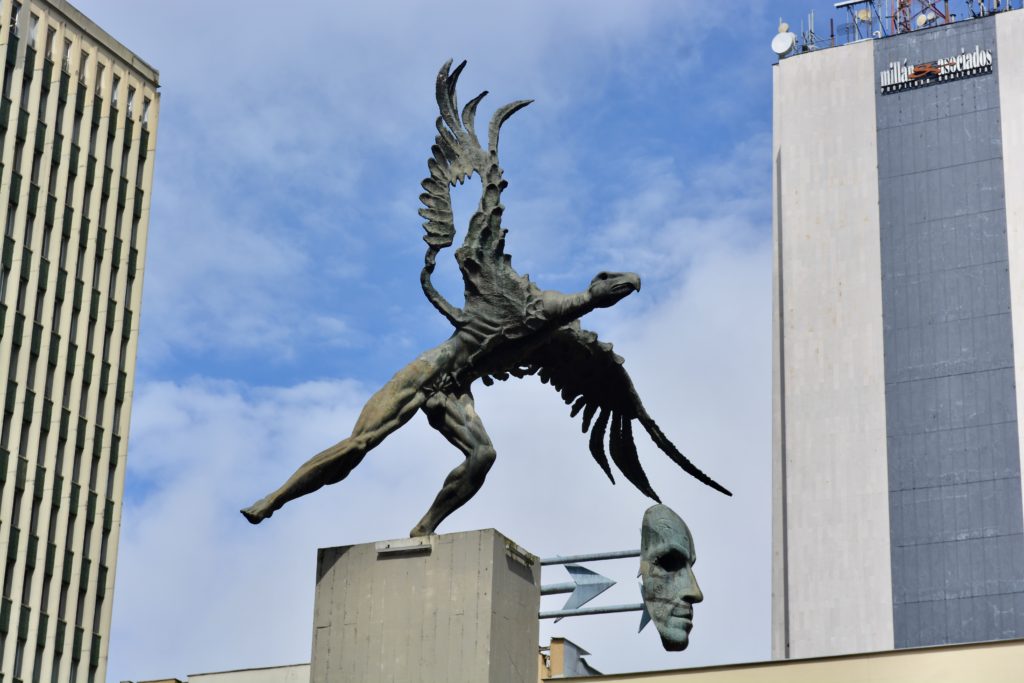
The main high street contained to usual city centre type clothing stores, phone shops etc, and an excellent cake and coffee shop called La Suiza. Also the main metropolitan cathedral was an imposing church with some great glass windows. Located just outside the cathedral was one of the most unusual pieces of sculpture, a half man half condor, with a separate man’s face attached. With so many sculptures and statues being standard images of so called the great and the good, this one, like the Botero’s, is so different and much more interesting.
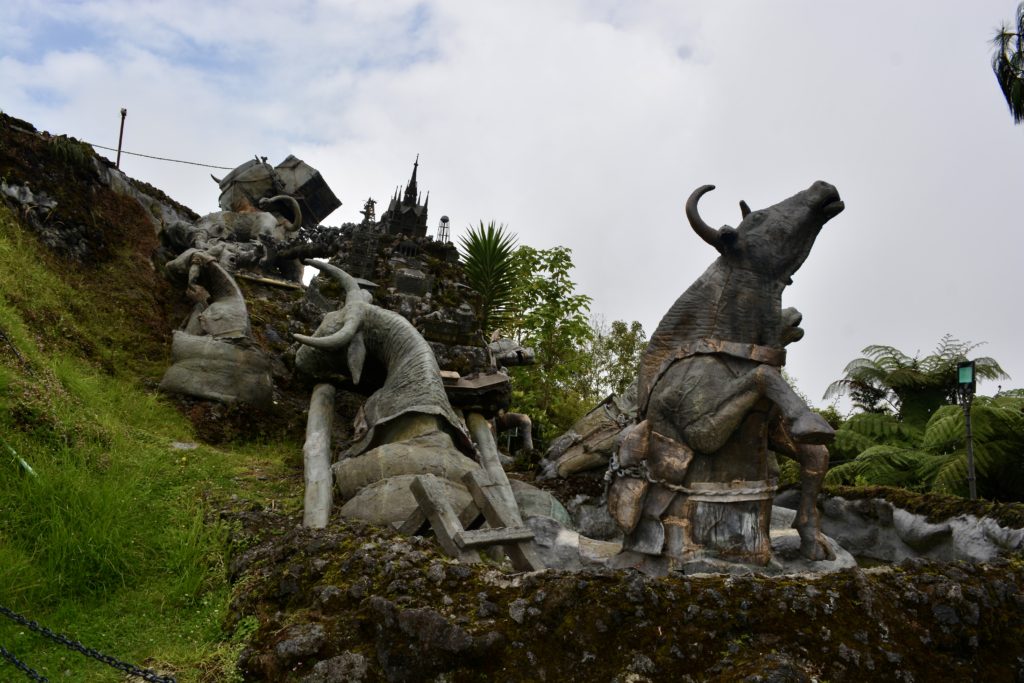
In the Chipre district of Manizales is another unusual piece of sculpture, the Monumento a Los Colonizadores which depicts the first colonisers, with their cattle moving the cathedral and their livelihoods to create a new life. The piece of art is located in one of the wealthier suburbs, and also has some great views of the surrounding countryside. This is also a good place to spot many interesting bird species.
From Manizales we took a fast bus to Pereira, where we got a connecting bus to Salento. The transport was very efficient and quick. Buses in Colombia have so far been very good, and the staff have all been incredibly helpful, especially during the “Armed Strike” and some of the other more complicated journeys we have been on.
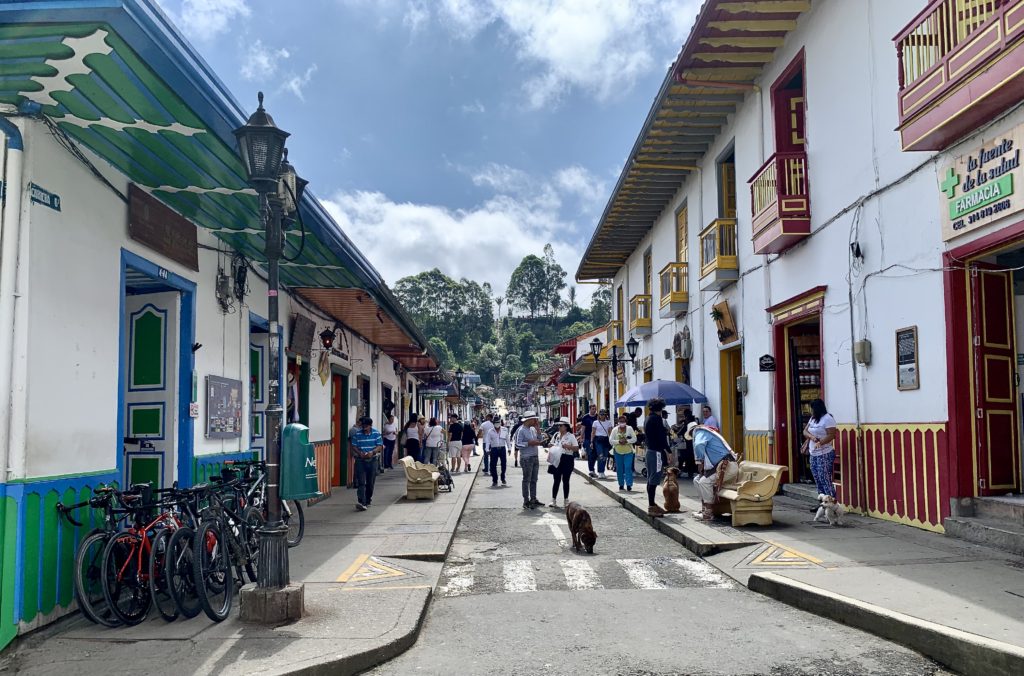
Salento is well and truly on the backpacker trail, and was quite full of international travellers. Also it being a weekend, there were large numbers of local Colombian visitors, especially those from Bogotá, it not being that far away by Colombian standards. The main town square had a number portable restaurants and stalls on all corners. These were dismantled on the Monday, when most of the Colombian visitors left.
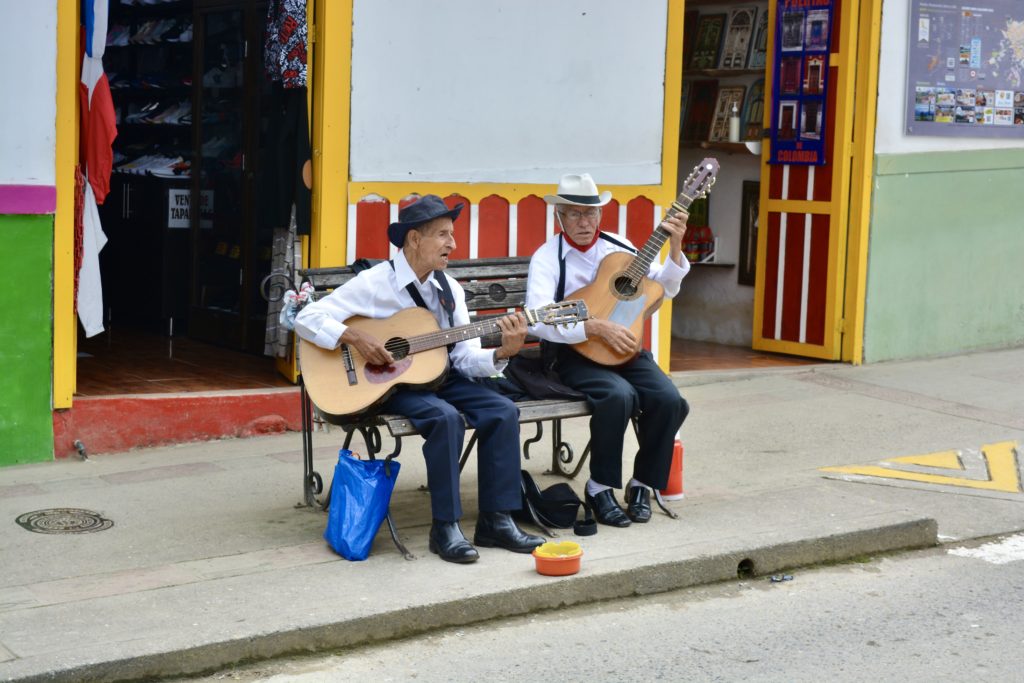
In Salento apart from simply absorbing the atmosphere of one of the prettiest old towns in Colombia, there are two things which most visitors must do: visit a coffee finca, and see the gigantic wax palm trees in the Cocora Valley. The wax palms are the national tree of Colombia.
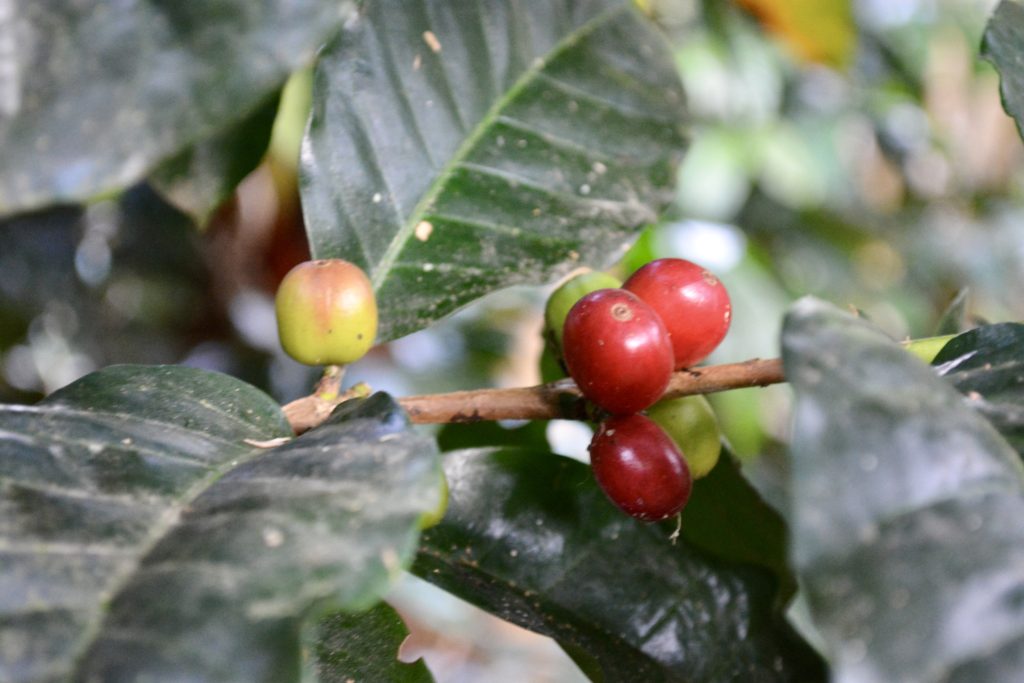
Last time we visited the Ocaso Finca, which was really interesting, but was one of the more commercial fincas in Salento, so this time on the advice of Hugo, in one of the Tourist Information places, we visited the much more rustic and organic La Arzacia Finca. Here the facilities were much more basic, and the the whole place had the feel of a small holding farm, with chickens, dogs etc all part of the business. The coffee has organic status, but it is hard to see how the owner can have more than a rudimentary living.
Our tour involved the story about the lifecycle of the coffee trees and picking some of the ripe red coffee cherries. The seedlings take a year to establish little more than a match stick type growth in the first year. In the second year the roots get established and finally in the third year the bush is planted. Many growers will buy two year old bushes to plant to speed up the process.
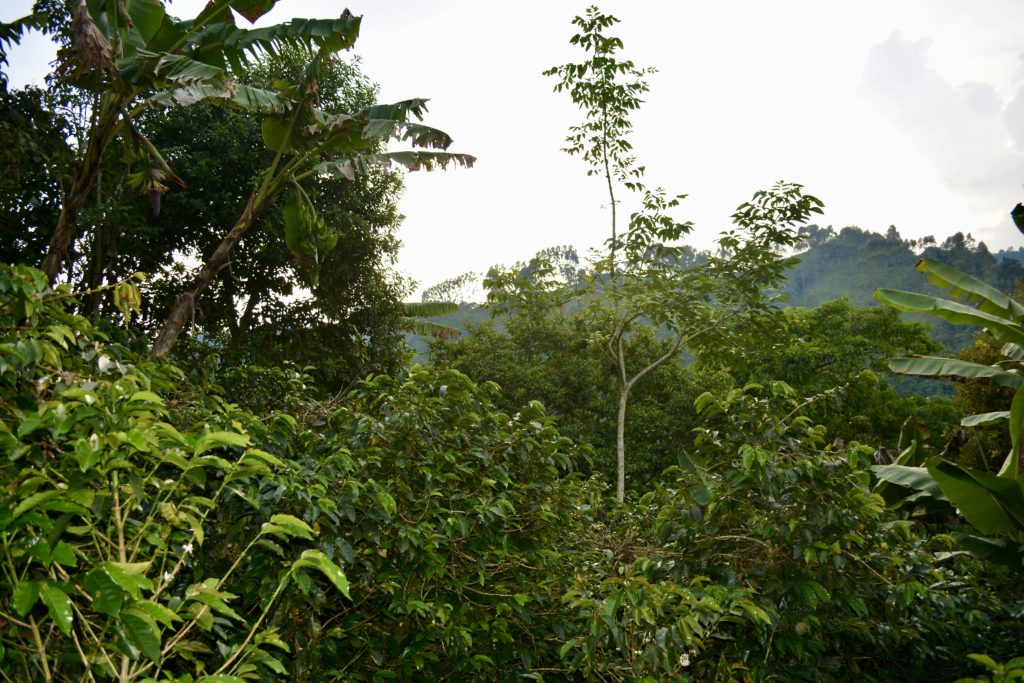
The coffee is then harvested for a further five or so years, before the bushes are severely pruned and allowed to regrow for another seven year cycle. The bushes are not allowed to grow more than two metres as the average Colombian is not very tall. Interspersed between the coffee bushes are many fruit trees, and most of the fruit other than what the owner wants to personally consume is simply left to decompose on the ground and naturally fertilise the coffee bushes. Pests are a problem and, being organic, the way pests are controlled is through bottles of sugared water made to resemble the red of the coffee beans being placed in some of the coffee bushes and thus trap the insects.
In recent years the weather has been wet and cold, what they describe as winter, and that has had a negative impact on the yields and growth of the coffee.
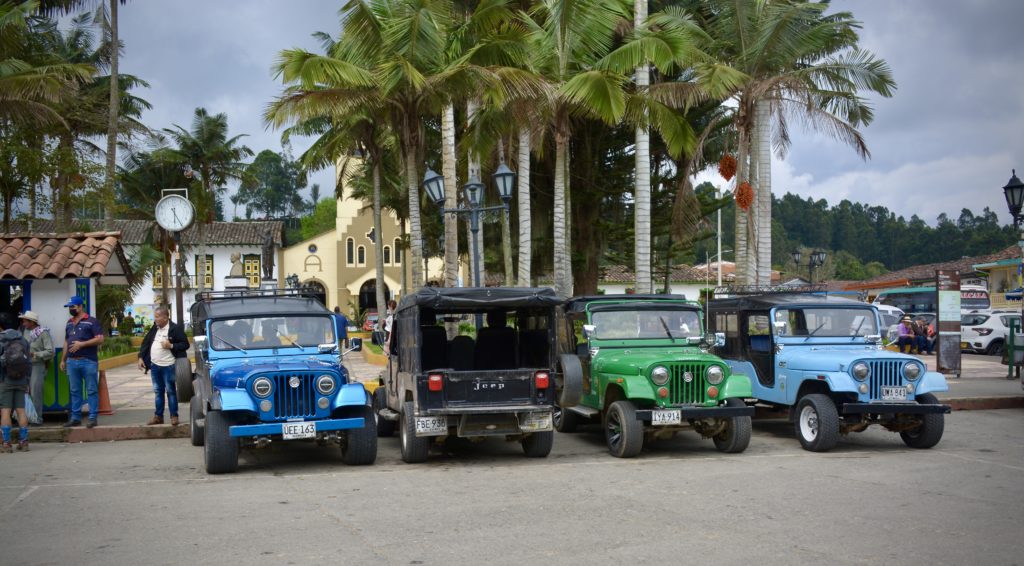
The Cocora Valley is a bit further outside of Salento and the most common way to get there is on one of the Willy’s Jeeps. These old American jeeps form the basic pubic transport role in Salento. Traditionally they were used on the coffee farms to transport the beans etc.
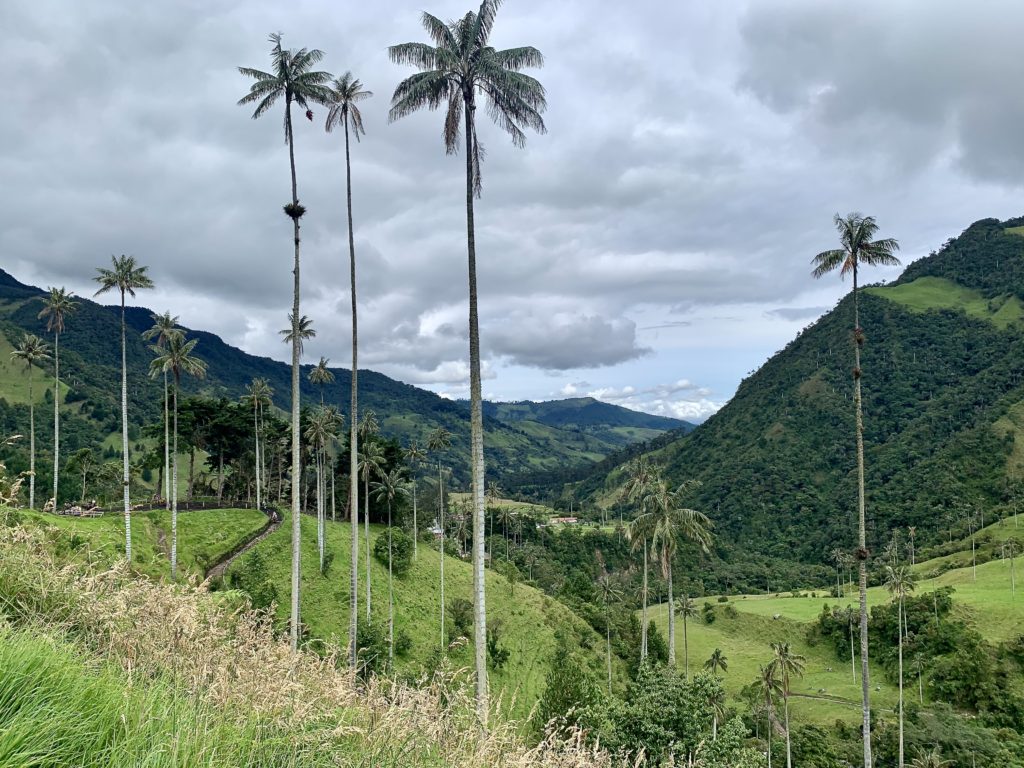
There are many treks in the Cocora Valley, some of which take a day, and others can be done on horseback. However there is a very manageable circuit that takes about 90 minutes from the Park entrance, which takes in a number of view points and you can see the wax palms striding across the valley and also standing tall in amongst other smaller trees.
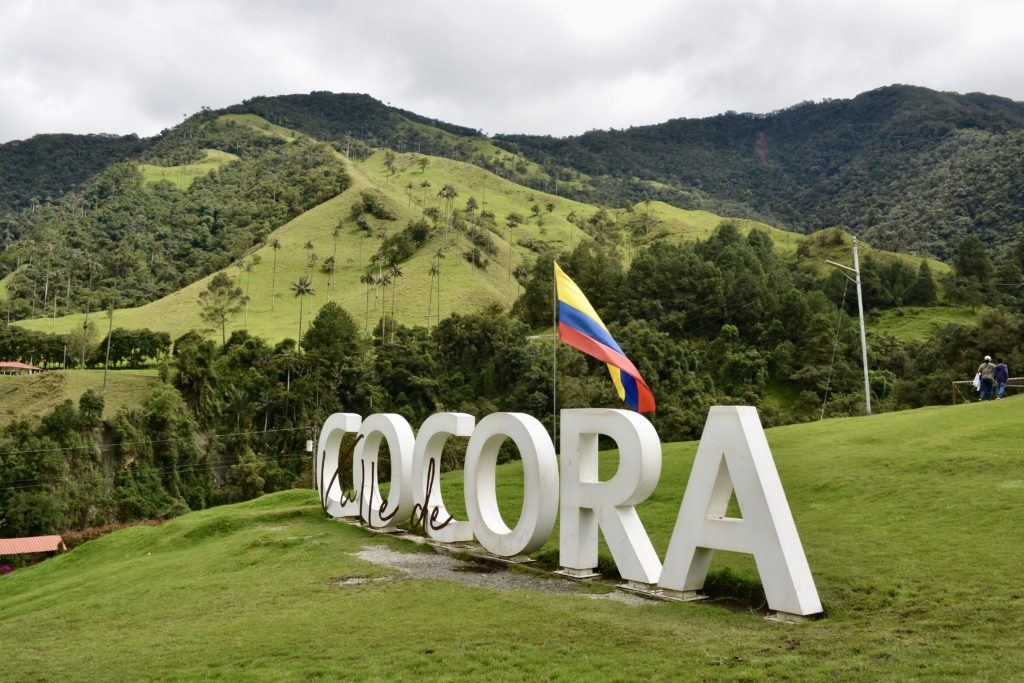
Also recently the Disney film Encanto takes some of its inspiration from the Cocora Valley and the legends associated with it. The local Colombian visitors take great pride in the film and there are a number of places where visitors can take selfies in front of items linked to the film.

Dates visited 19th to 24th May 2022
